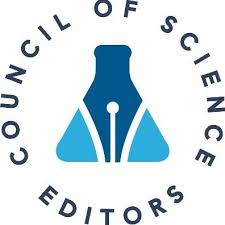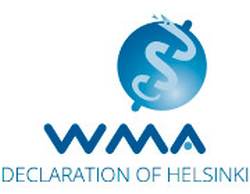From 13 to 24 June this year, Professor Malgorzata Szkutnik and I (JB) had the pleasure of visiting 2 cardiological centres in Kigali, Rwanda, Central Africa; namely, King Faisal Hospital (KFH) and the University Teaching Hospital of Kigali (CHUK). It was made possible thanks to the support of our Alma Mater – the Medical University of Silesia (SUM).
I have been very interested in the development of interventional cardiology in Africa for several years, which is related to my experience and the history of our Centre in Zabrze (Congenital Heart Defects and Paediatric Cardiology Department of SUM, Silesian Centre for Heart Diseases, Zabrze, Poland). That has already been mentioned in my previous letters, as well as the need to establish a permanent catheterization laboratory in Rwanda [1, 2]. Such a laboratory was opened in November 2020 in KFH; however, only percutaneous coronary interventions are performed there. The majority of patients with congenital heart diseases (CHD), mainly referred from CHUK, are being diagnosed and treated (either by catheterization of surgically) in Rwanda with the support of the Rwanda Ministry of Health and visiting international medical organizations such as Chain of Hope Belgium. However, there are still a large number of patients with CHD and rheumatic disease (RHD) being treated outside of Rwanda (in India, France, Israel, and Egypt) with support of the Rwandan government and humanitarian organizations. Chain of Hope Belgium continues their screening and interventional missions (in KFH), where simple CHD, like atrial septal defects, patent ductus (PDA) closure, and pulmonary balloon valvuloplasty, are treated catheterization once a year.
During our stay in Kigali, we gave several lectures in both institutions on our experiences in percutaneous treatment of CHD. Special attention was paid to problems of ventricular septal defect (VSD) closure – congenital and postinfarction (PIVSD). The application of duct occluders (Amplatzer duct occluder type I, type II, and type II Additional Sizes) was underlined, especially in cases with perimembranous VSD with aneurysmal tissue. In patients with muscular VSD, the Amplatzer-like VSD occluders are still useful and effective; however, those implanted in the inlet portion of the ventricular septum may cause the chordae tendineae of the tricuspid valve to rupture as the device moves. Our experience with 28 patients with device closure of PIVSD indicates that such fragile defects should be treated after at least 3 weeks of initial septal rupture healing, when the procedure is much more effective (publication in preparation). Closure of PDA was another major topic. As in other countries at high altitude (Kigali is approximately 1600 m above sea level), PDAs diagnosed in the outpatient clinic of CHUK had a large diameter; therefore, type I Amplatzer duct occluders seem to be the most suitable [3].
We also participated in the activities of the CHUK outpatient clinic, accompanying Dr Emmanuel Rusingiza. We were surprised by the high number of patients with rheumatic disease (mainly mitral and aortic valve defects) treated occasionally via humanitarian missions by USA teams (valve replacement in KFH [4]) and with a high number of patients with genetic disorders coexisting with CHD (Down, Noonan, Williams syndromes, etc.).
In our opinion, the development of paediatric cardiology in Rwanda requires significant training and logistical effort. During our last 20th Conference of the Paediatric Cardiology Section of the Polish Cardiac Society in Lochow in June 2022, a willingness to help in such development was expressed by Prof. Jacek Kusa (Wroclaw). A call for advocacy to address the burden of paediatric heart diseases in Africa has been made for many years [5].








